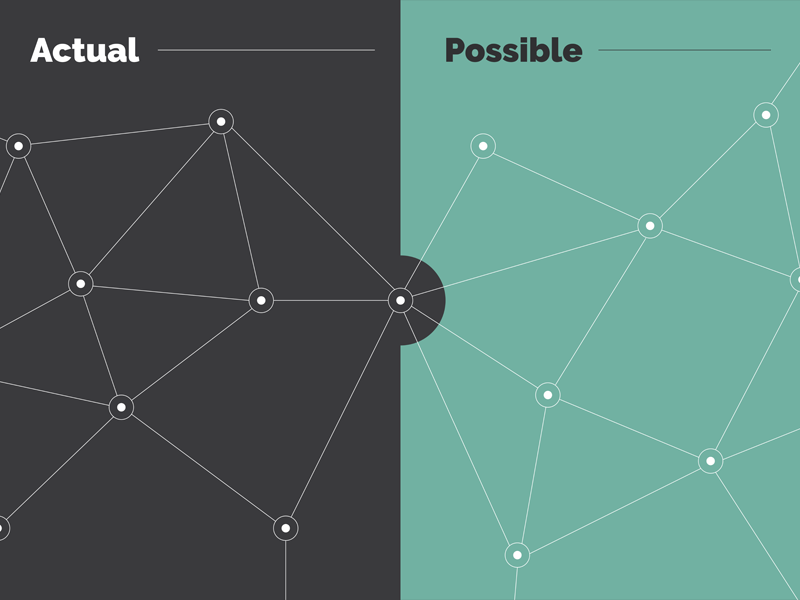The Letter ‘Interacting Discovery Processes on Complex Networks’ is out on Physical Review Letters. The paper presents the results obtained in a collaboration between Enrico Ubaldi and Vittorio Loreto from Sony CSL Paris, Iacopo Iacopini, Gabriele Di Bona and Vito Latora from the School of Mathematical Sciences of the Queen Mary (QMUL, London). The paper investigates the role of social interactions in a collective exploration process. The work builds on recent urn models that correctly reproduce different aspects of individuals’ exploration dynamics in diverse contexts. The key ingredient of these models is that discovering a novelty may trigger further ones in an expanding space of opportunities. However, models proposed so far neglected the effects of social interactions. In this article, the authors try to fill this gap by adding collective exploration mechanisms to the urns model. In particular, they proposed a model where many urns, representing different explorers of a space of contents, are coupled via a social network’s links. The nodes carry out their exploration process, exploiting an extended set of tokens, by combining their urn and their contacts. Numerical and analytical results show that, independently from the chosen network structure, an explorer discovery’s pace depends on its network betweenness centrality. The model then yields insights into how social connections shape the discovery process of each individual.

In detail, the model proposed starts by assigning to each explorer (a social network node) an urn. The dynamic of the latter mirrors the behaviour of an urn model with triggering (UMT). Hence, each urn’s dynamic accounts for adjacent possible (AP), i.e., the set of all those things that are one step away from what is already known. Then, by coupling the node’s urn with his neighbours’ ones, the model is equipped with collective exploration. This coupling expands the AP’s notion by adding a social dimension, represented by the set of opportunities to which one node is exposed to via his social contacts. The authors call this the adjacent possible in the social space. In this way, the authors characterize this socially expanded AP’s impact on the collective exploration dynamics.

Illustration of the model in the case of a network with two nodes.
Specifically, the authors show that by coupling the stochastic exploration processes via a complex network, non-trivial relations between structure and dynamics emerge. These findings highlight that the structural – not just local – properties of the nodes can strongly affect their ability to discover novelties. Their networked model of social urns is not just a simple extension of UMTs. What makes it novel and different is the idea of coupling together many urns over a complex social network and the concept of ‘social urn’; they have introduced. The introduction of this network coupling produces novel behaviours, such as the emergence of different Heaps’ law exponents in a system composed of identical urns.

Dynamics of the interacting urns on the Zachary karate club network, whose nodes are coloured according to the resulting Heaps’ exponent.
The authors consider this work a first step towards the description of discovery processes accounting for structured interactions. Indeed, urns represent a simplified model of individual explorers. Future studies should investigate different possible improvements: nonidentical urns, urns with finite storage capacity — or to what extent the adoption of the new might trigger the abandoning of the old, and so on. Another natural extension would be considering discoveries and social relationships unfolding across different network layers or higher-order structures. They also suggest that it would be interesting to study the relationship with existing social spreading and meme popularity models, and that future studies could directly apply their results on efficient team structures in cooperative, creative tasks.
Read the full article here



